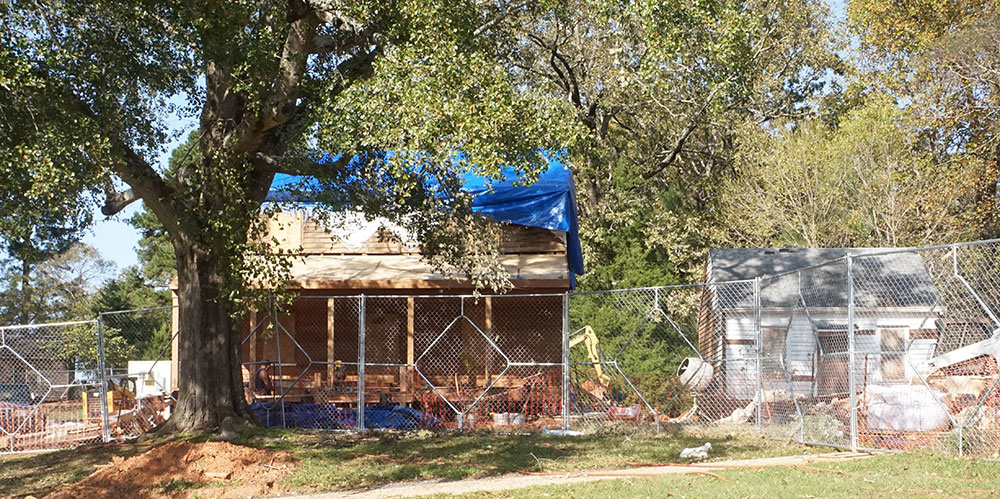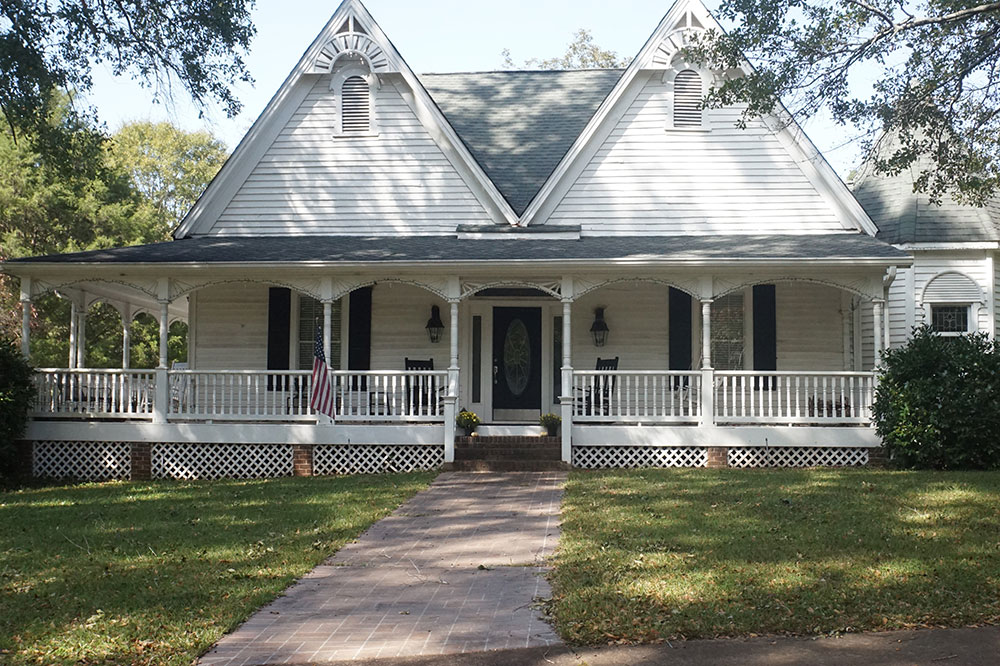
“Trickum seems to be a wordplay on the phrase, ‘trick‘em,’ going back to the mid-1800’s,” said Carl H. Tiegreen, author of History of Possum Corner, Trickum, Goddess & Mountain Park: As Seen from the William Garner Home of Gwinnett County, GA.”
“According to the descendants of that era’s citizens, the name Trickum either refers to a local proprietor’s dishonest ways (which also is how the Trickum community near Marietta got its name) or the desire of some of the area’s residents to trick the Union army as it foraged through here during the Civil War.”.
“But records show that by Union General Geary‘s use of the name Trickum, when he filed a report stating his encampment at Trickum Crossroads, the name had been well-established and already familiar. So, origin seems to lean towards pre-war time, and more likely a reference to the tale of a dishonest proprietor.”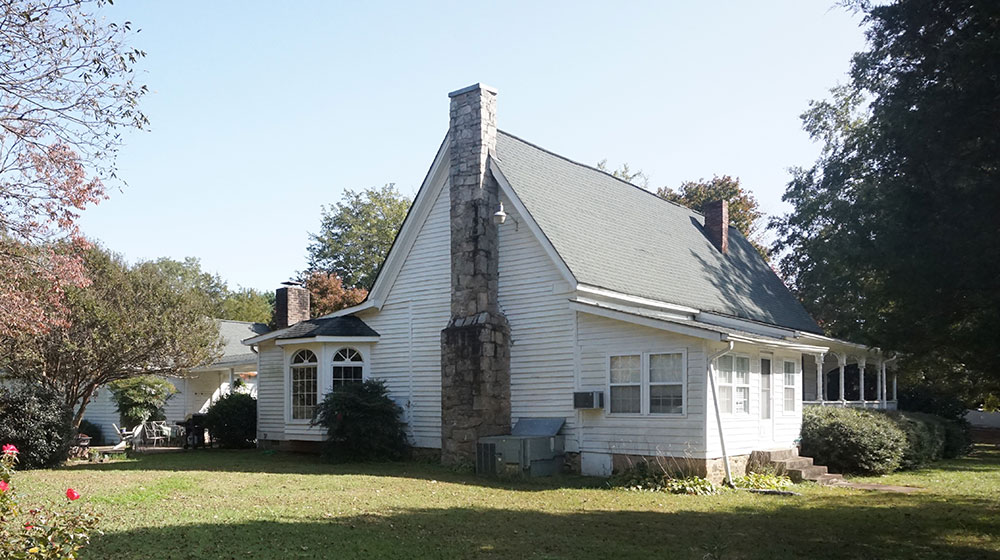
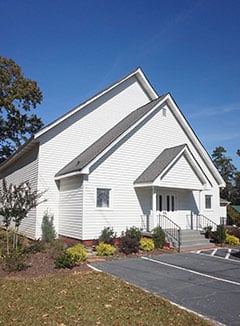

Tiegreen’s book, available in the Gwinnett County Library System, centers on the Garner family from South Carolina who bought land parcels here in a lottery, dividing them up among family members. The Garners built their original cabins near the east end of Garner Creek before a Garner descendant built the more recognizable dwelling on Five Forks Trickum Road.
Although not much is remembered of John Garner, he had two sons William and Thomas. According to Tiegreen, sometime after William married Martha Lanier, he built a “dogtrot house” on nearby property. These were typical southern homes of the time—two sides with open center corridor, a design that offered natural air circulation and protection from southern summer heat. Over the years the home was updated.
This home also was the early 1900’s postal stop called Goddess. Newt Garner, who lived there then, was postmaster for this area and the actual post-collection was done in a hut where his driveway meets the road.

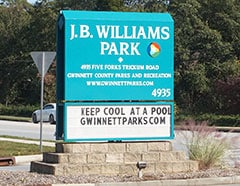
In 1864 during the Civil War, Union forces under Gens. Geary and Garrard (attached to Sherman’s Army) had the assignment of foraging the countryside for food and supplies while moving through Atlanta. Each of the detachments camped overnight on the farm of James Bracewell, sheriff of Gwinnett County. The farm was located on the county line behind today’s Kroger at “Trickum’s Crossroads,” the intersection at Five Forks Trickum and Rockbridge Roads, and did their gathering of supplies from there.
